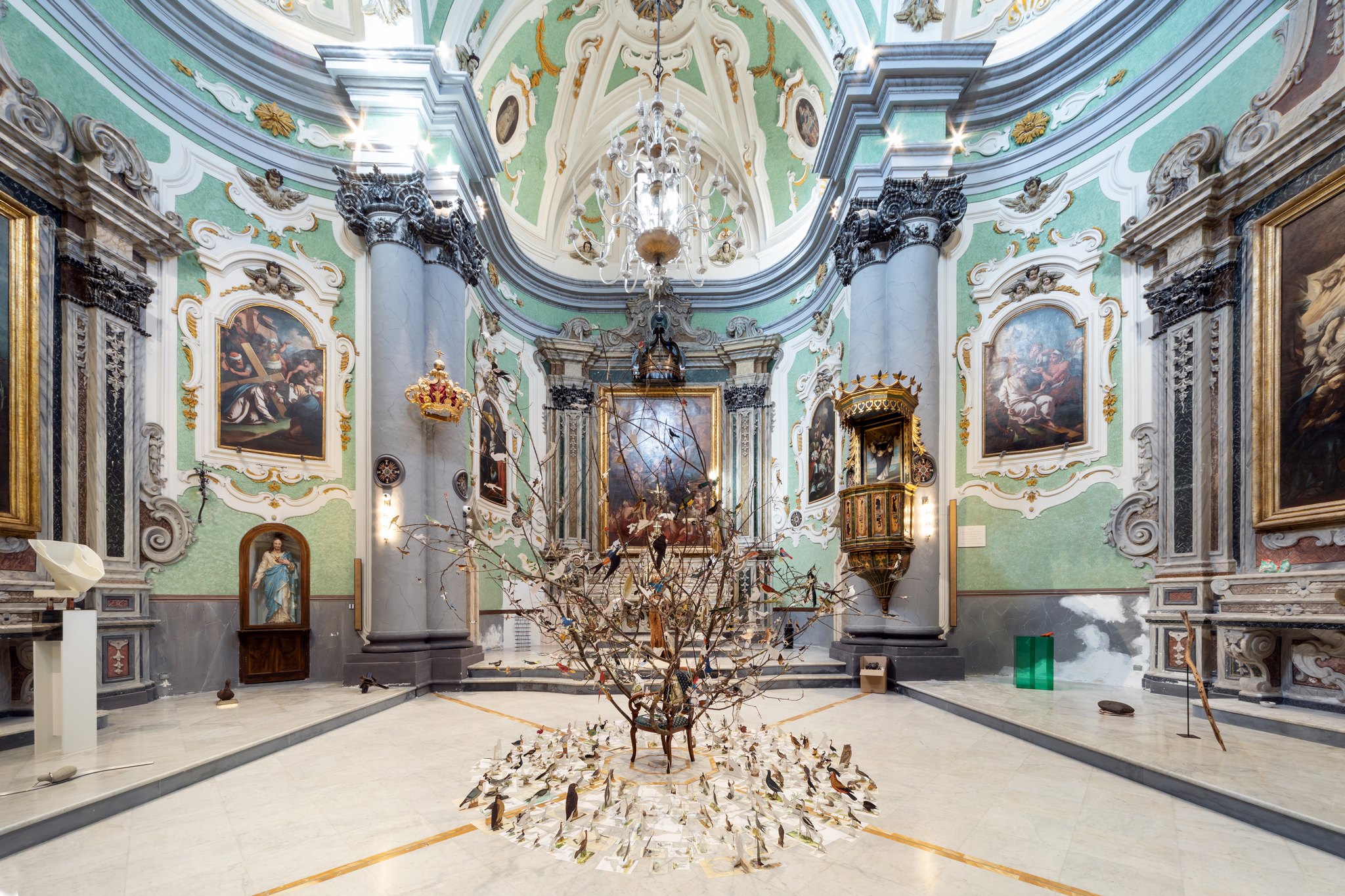
Chiesa del Purgatorio, Matera
9th April – 5th June 2022
Collezione Agovino
Do Animals go to Heaven?
The exhibition Do Animals go to Heaven? scheduled from the 9th of April 2022 at Chiesa del Purgatorio presents an accurate selection of works from the Agovino Collection – except some loaned ones – in order to reinvent the experience of reality through the complex relationship between nature and artifice and to open glimmers on images that let surface figures full of doubts about the next future.
The exhibition is curated by the Agovino Collection in cooperation with Francesca Blandino and aims at exploring some key concepts of contemporary world such as environment, technology, material, and spirituality by arranging interpretative devices for the definition of relationship mechanisms of human peculiarities and of their interconnection with nature and other living beings.
The perpetual flow of the new and interactive technologies leads today to a complete transformation of how the human being interacts with the natural environment at a sensorial level. Unlike animals, which always match with its own body and stimulus, human beings are able to outdistance from their corporeality; they are both a body that occupies a space in the environment and a self that disposes of their body. What principle or structure could then create the human being’s position into nature?

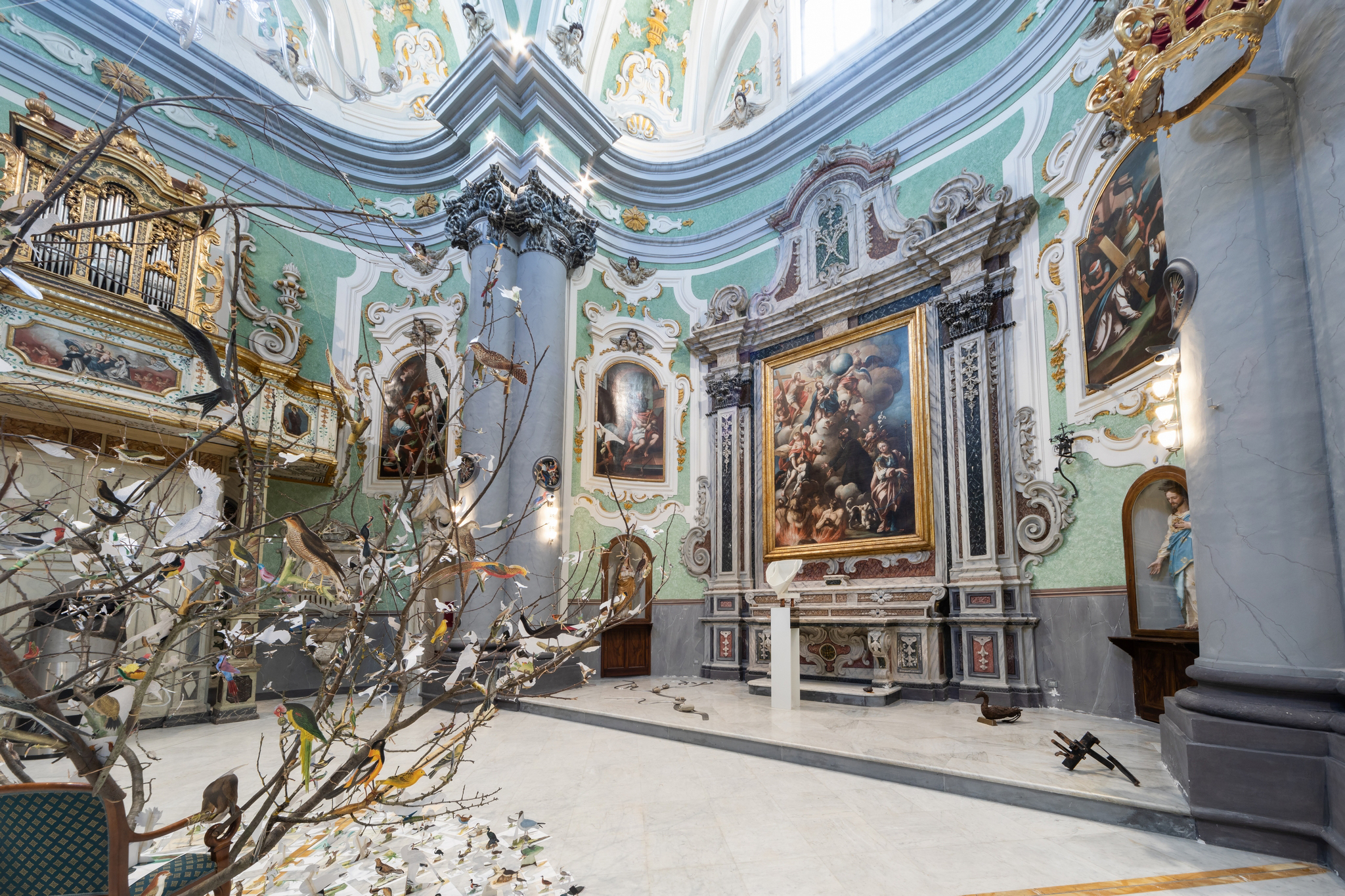
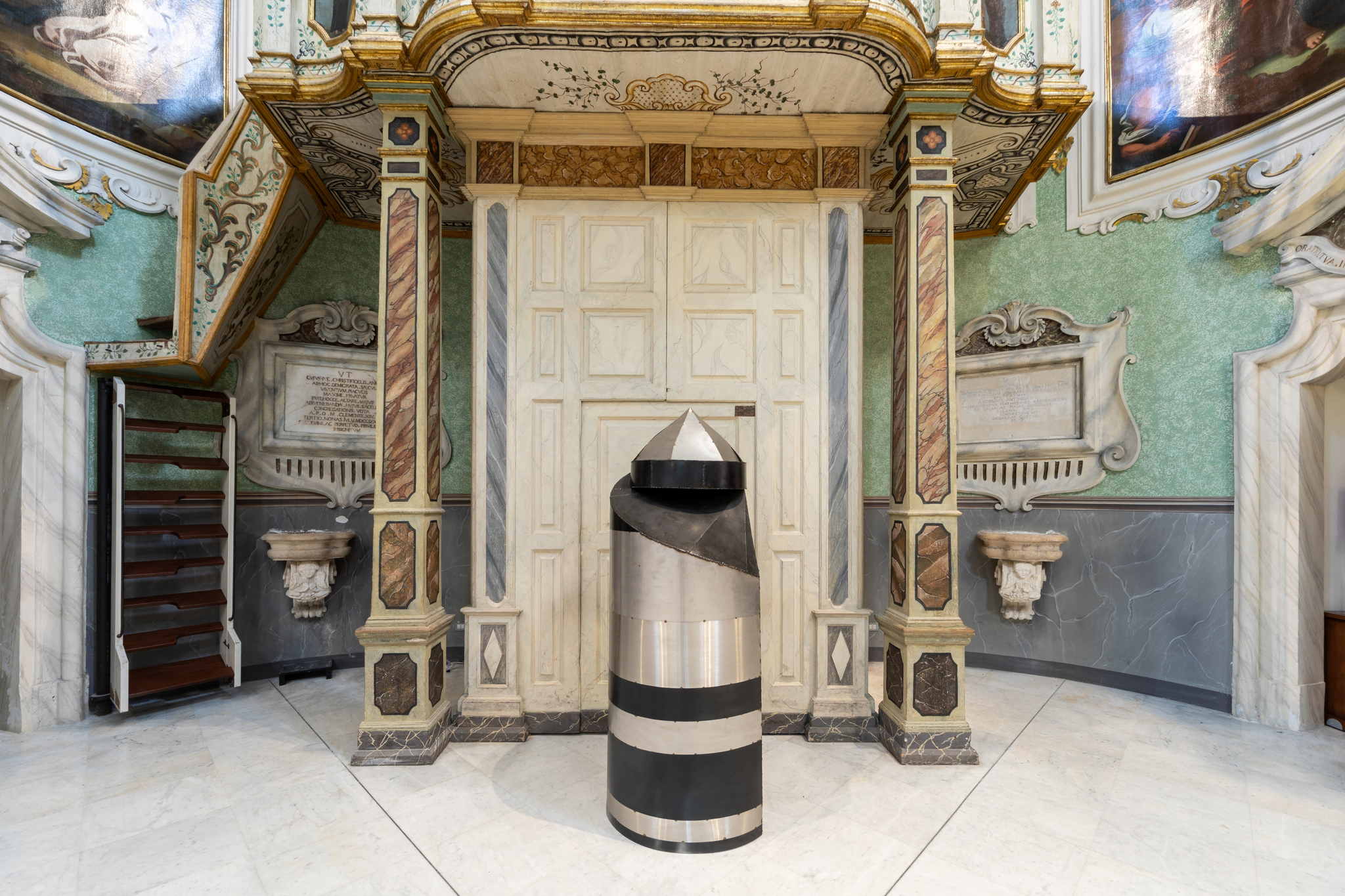
Do Animals go to Heaven? wonders on the correlation among nature, artifice and spirituality by revealing the disputable link between the animal and the inorganic just like in the Igor Grubić’s work “Do Animals…?” where the exhibition title comes from. By unveiling the spiritual aspect of corporeality, it reaffirms the importance of balancing with the world with no exception of species.
In the Baroque aisle of the Purgatory Church in Matera works created by natural elements and works realized by synthetic materials coexist. They trace an unusual landscape going towards new physic and even spiritual paradigm where is very hard to distinguish what is artifice and what animal, what is a machine and what human. Here the anti-natural is not necessarily a means of departure from the environment but rather a natural message which leads to living contemporary universe by capturing its potential hybridization. Is it possible to set up again the existing by opening new possibilities of the relationship between humanity and non- human, by making the last an active component rather than passive and accessory in the post-humanist aesthetics?
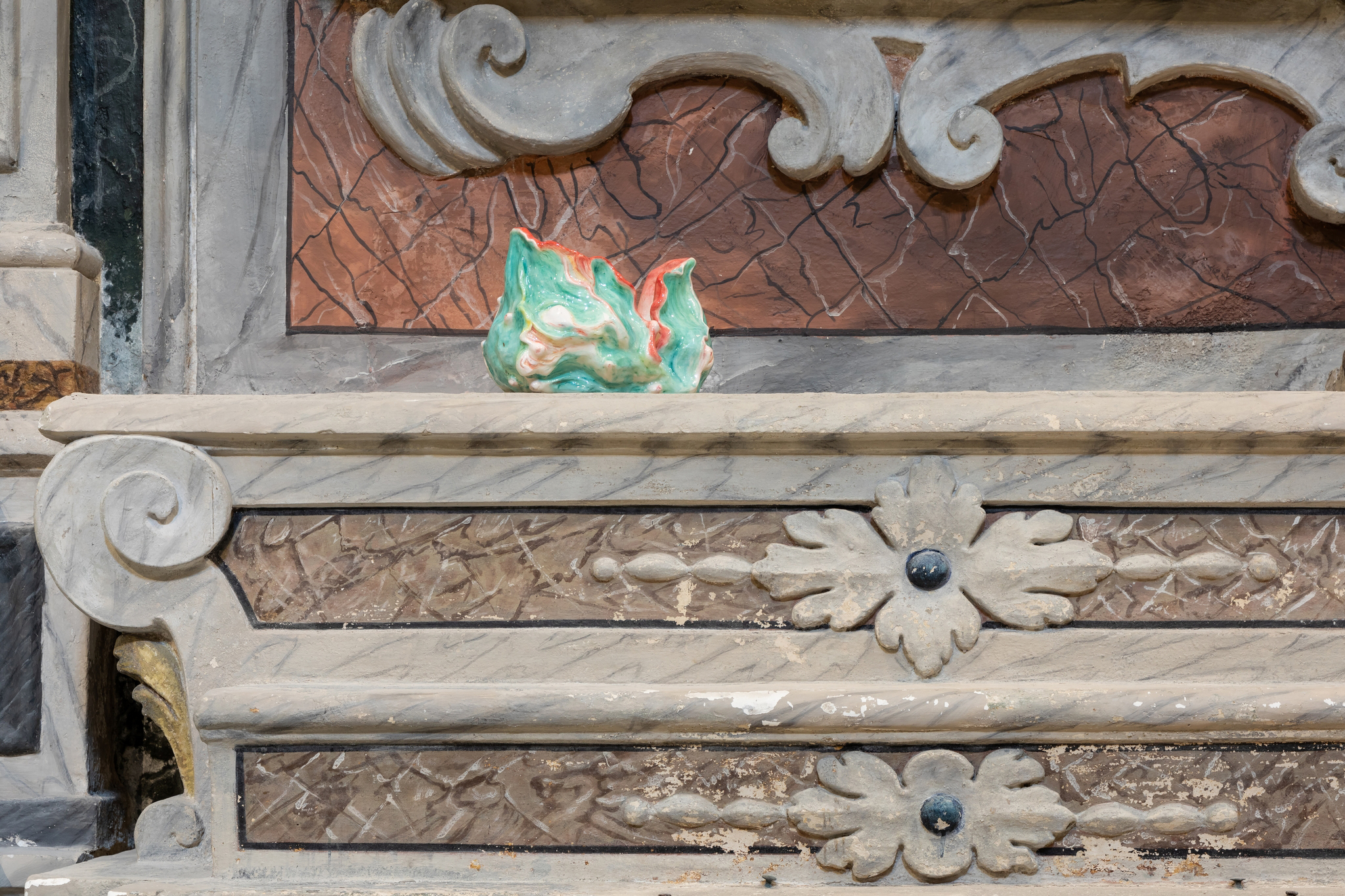
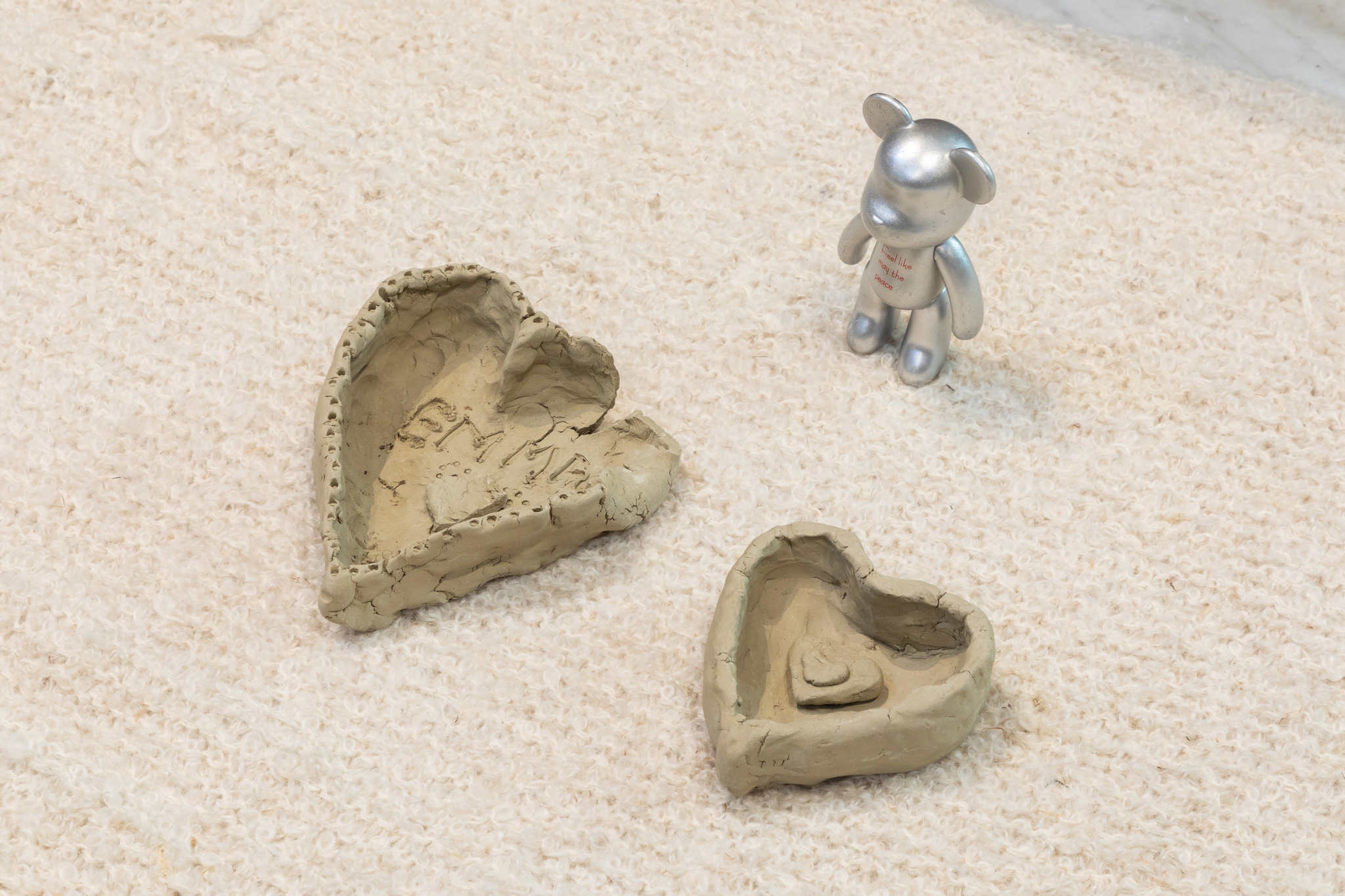
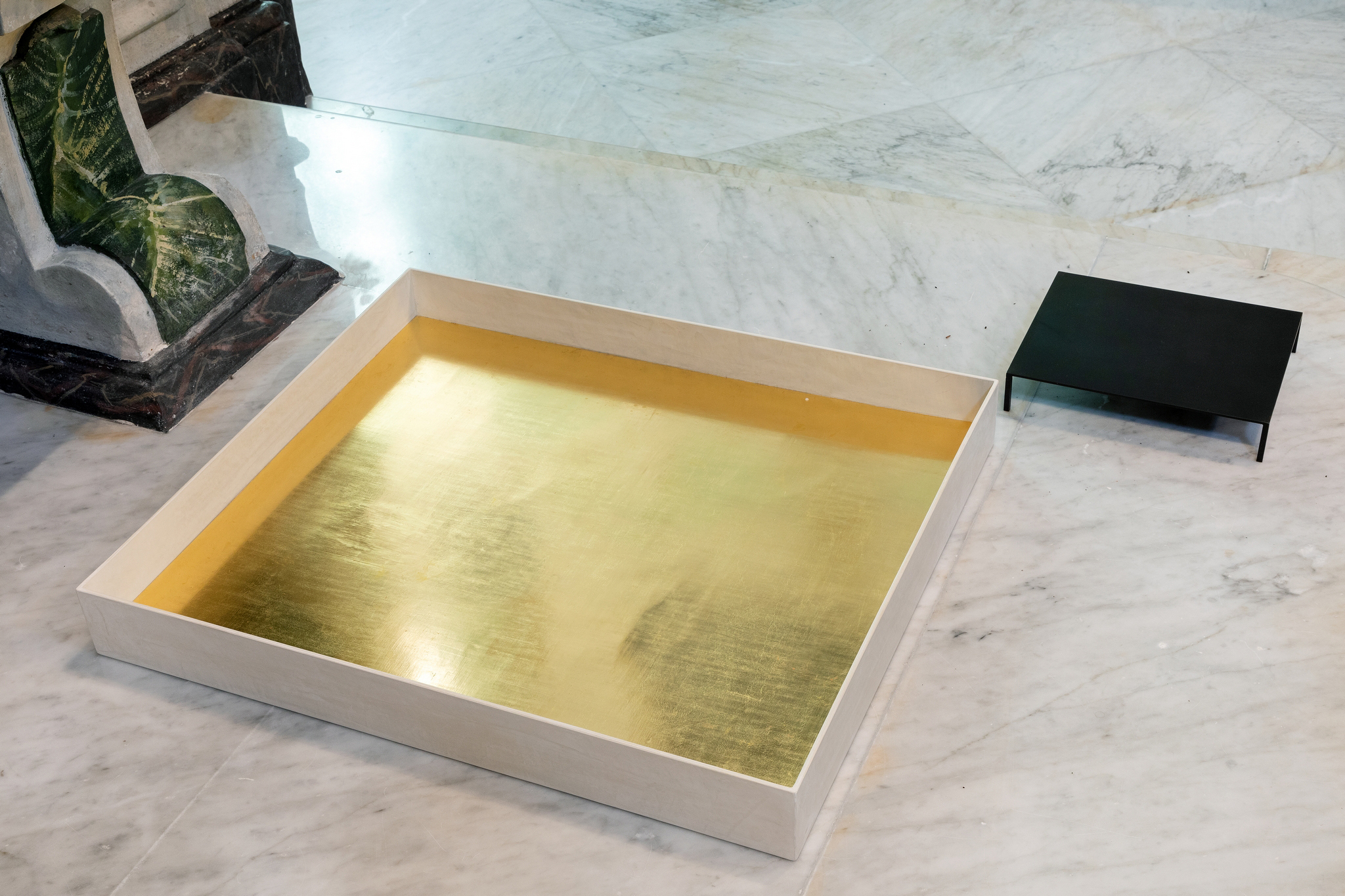
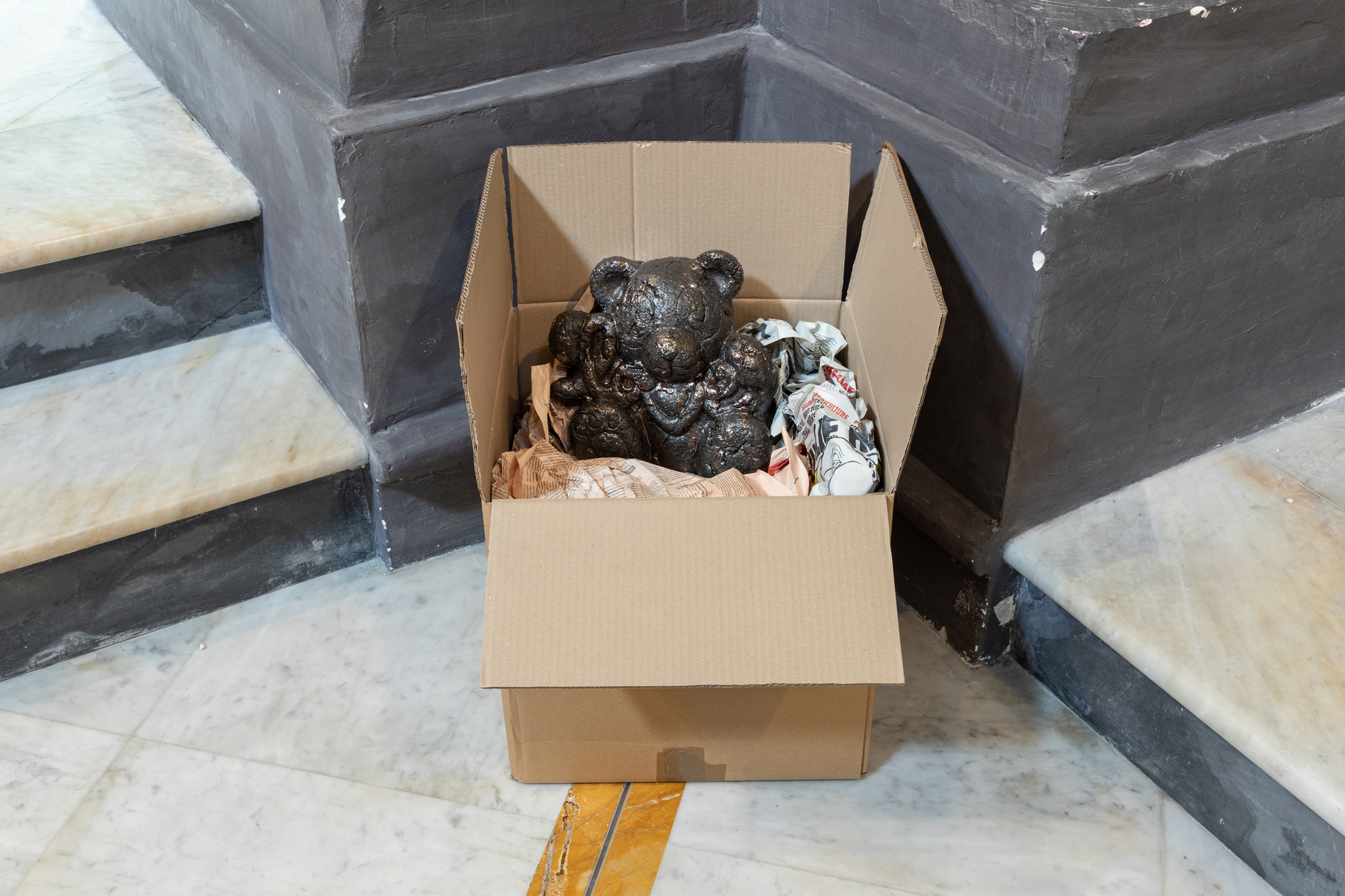
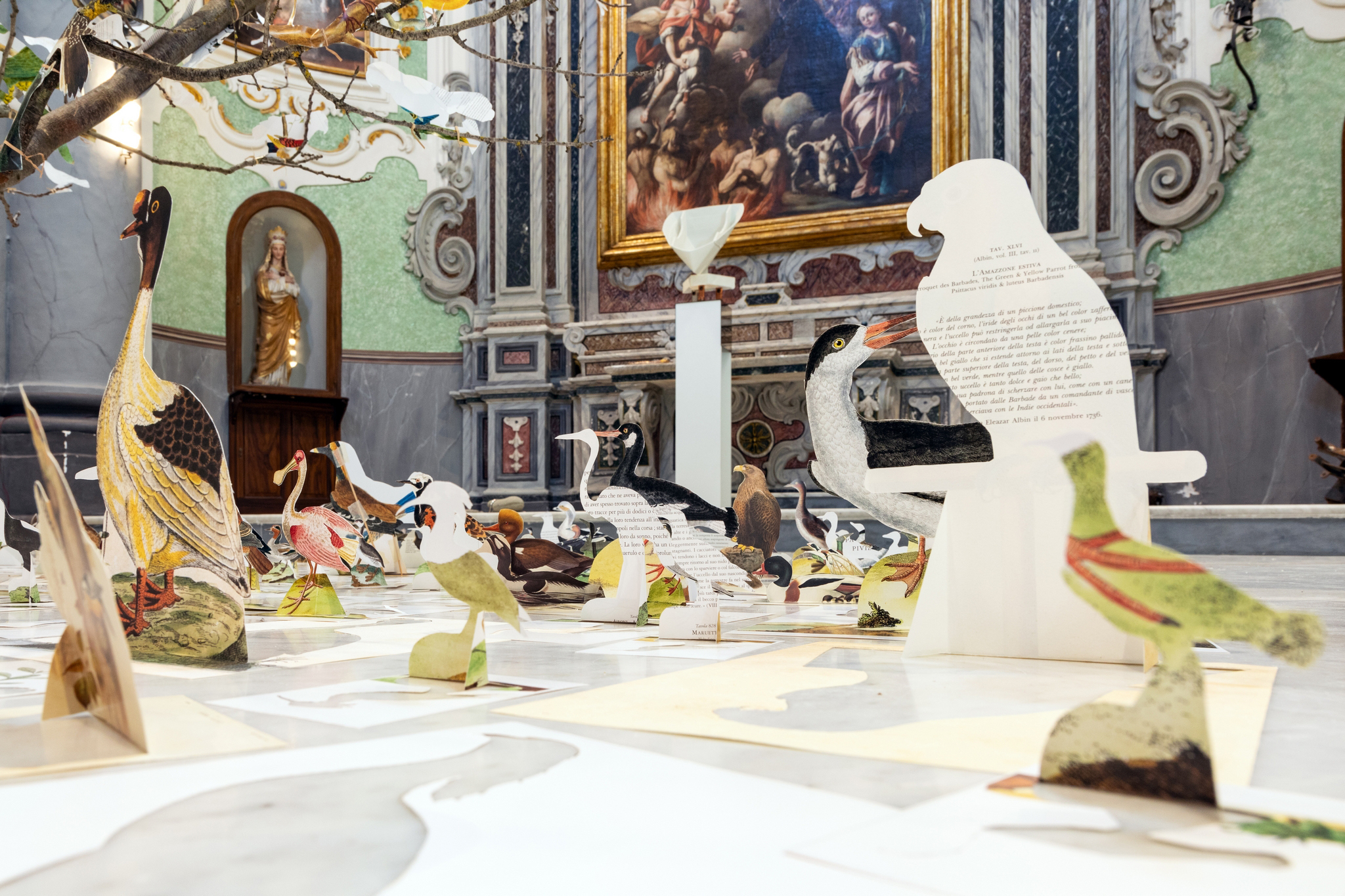
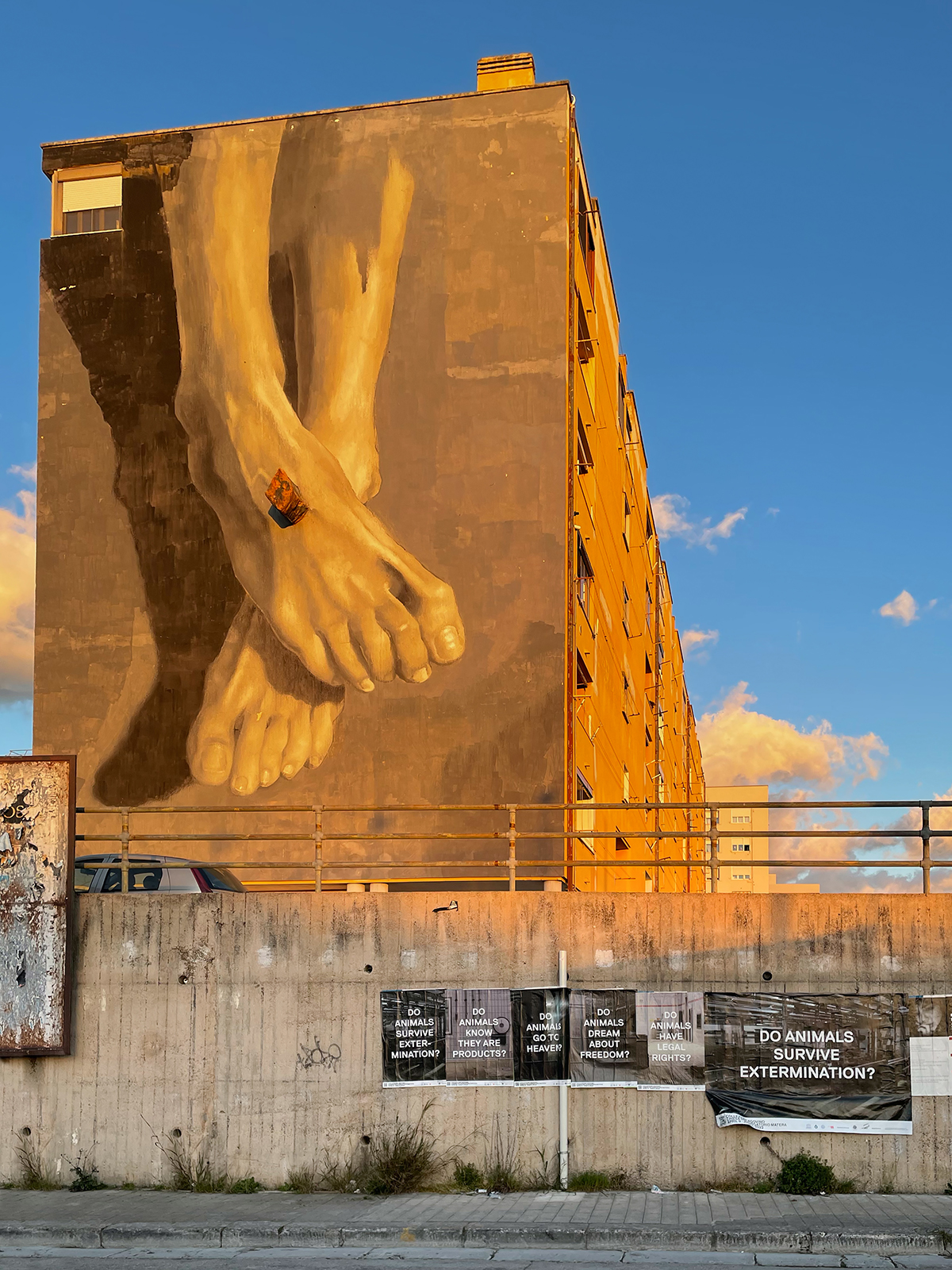
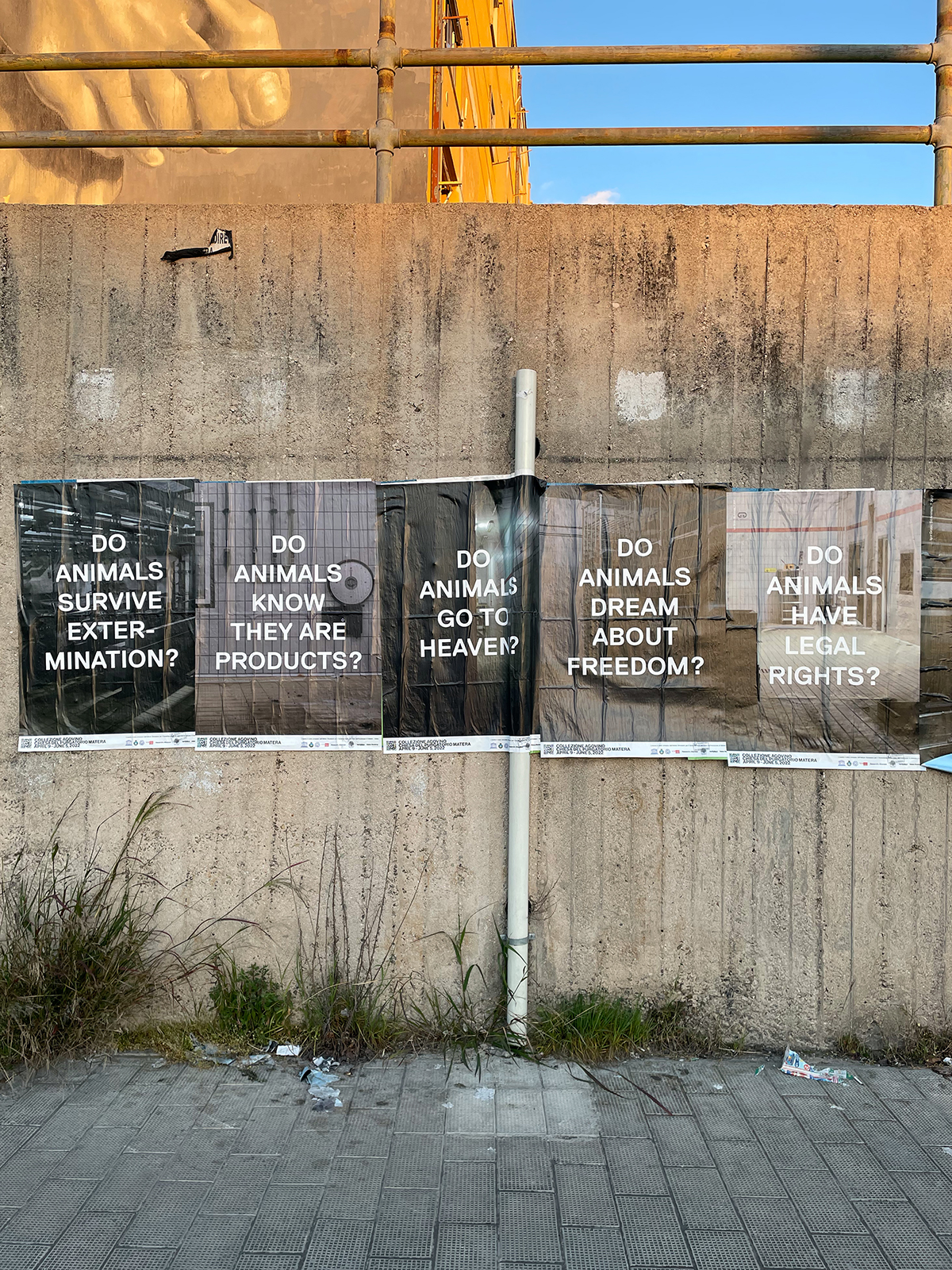
Artists:
Alex Ayed, Alina Chaiderov, Andrè Romao, Alberto Tadiello, Antonio Della Corte, Carolina Mesquita, Chiara Camoni, David Fesl, David Jablonowksy, Eugenio Tibaldi, Evgeny Antufiev, Francesco Arena, Gina Folly, Giulia Cenci, Haris Epaminonda, Igor Grubić, Jota Castro, Lin May Saeed, Lito Kattou, Luca Francesconi, Martin Soto Climent, Michael E. Smith, Namsal Siedlecki, Nina Canell, Nona Inescu, Olu Oguibe, Petra Feriancová, Petrit Halilaj, Reverie, Ser Serpas, Shadi Harouni, Zoe Williams.
Patronage e cooperation
The event has been granted by Istituto Diocesano per il Sostentamento del Clero dell’Arcidiocesi in Matera- Irsina, below the patronage of the Municipality of Matera, in cooperation with Alessandro Albanese Gallery and the Social Coop. “Oltre l’Arte”.
All images: Courtesy the artists © Danilo Donzelli Photography